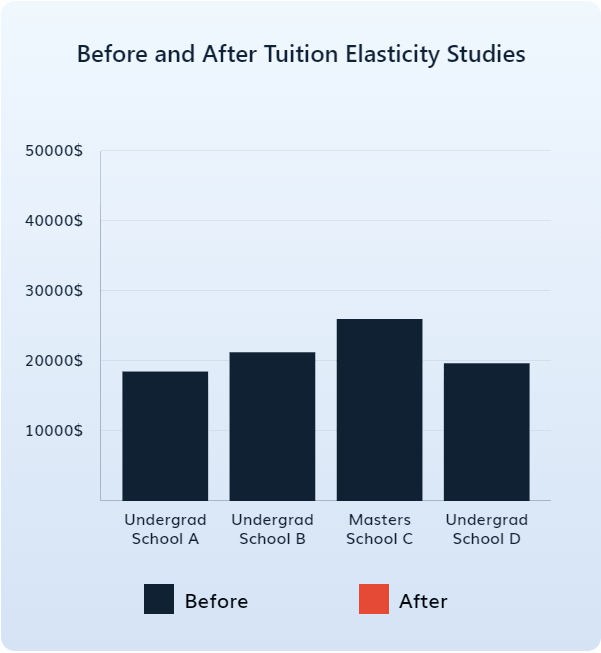It’s a tough question: when is the right time to rethink and reset international tuition?
Well, with Canada's new visa caps leading to limited international revenue (not to mention a 35% drop in international student interest), that time is likely right now.
Here’s why:
1) A diminishing advantage
Until recently, Canada stood out as a prime destination for international students, benefitting from a more welcoming environment compared to competitors like the U.S., Australia, and the UK.
But the game has changed. Recent visa restrictions, their messy implementation, and ongoing diplomatic tensions with major markets have eroded Canada’s competitive edge.
Meanwhile, other nations are stepping up. They’re fine-tuning their policies to attract global talent, making Canada’s path to citizenship and long-term opportunities look less appealing in comparison. With more countries recognizing the financial and skills-based value of international students, competition is fierce.
In this new reality, simply “being Canada” isn’t enough. Institutions must demonstrate value in tangible ways to attract students. This starts with rethinking tuition strategies—not as a reaction, but as a proactive step to stabilize revenue and stand out.
2) Revenue challenges aren’t going away
Fewer international students mean fewer tuition dollars, and government funding cuts limit expansion. At the same time, rising domestic enrollment is intensifying competition for spots. The old model—using high-paying international students to subsidize lower domestic tuition—can no longer carry the weight.
Now is the time to recalibrate.
Adjusting tuition fees strategically offers two key benefits:
Enhanced perceived value: Align tuition with program strengths, such as guaranteed work-integrated learning, housing, or other standout features. For many international families, higher fees signal higher quality, and a well-structured reset positions your programs as premium.
Sustainable growth: As domestic demand increases, gradual fee adjustments mean you’re not suddenly flipping your fee structure upside down but making steady, strategic moves.
One thing is clear: Universities that adapt their pricing strategies now will be better positioned to navigate the challenges ahead.
And the results speak for themselves:

